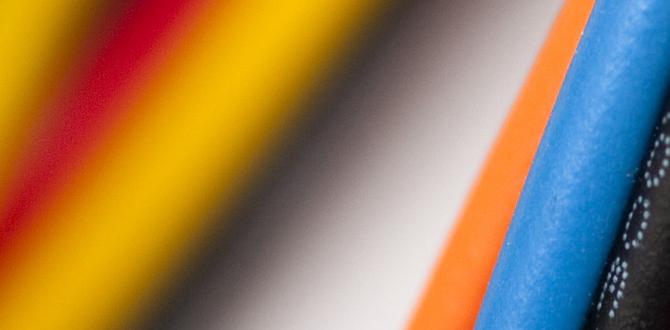Imagine a world where your little one is toilet trained in just three days. Sounds impossible? It’s not! Many parents have achieved this goal with the right approach. You might wonder, how is this even possible? Toilet training in three days is all about understanding the child’s needs and using helpful techniques.
Did you know that most children can grasp toilet training quicker than you think? It often takes just a few focused days of practice and encouragement. Think about how much easier life will be when you don’t have to deal with diapers anymore!
In this article, we will explore simple strategies that make toilet training a breeze. From preparing your child to creating a schedule, we’ll cover everything you need to know. By the end, you could be ready to say goodbye to diapers for good.
Are you ready to dive into the exciting journey of toilet training in three days? Let’s get started!
How To Toilet Train In 3 Days: A Quick Guide For Parents
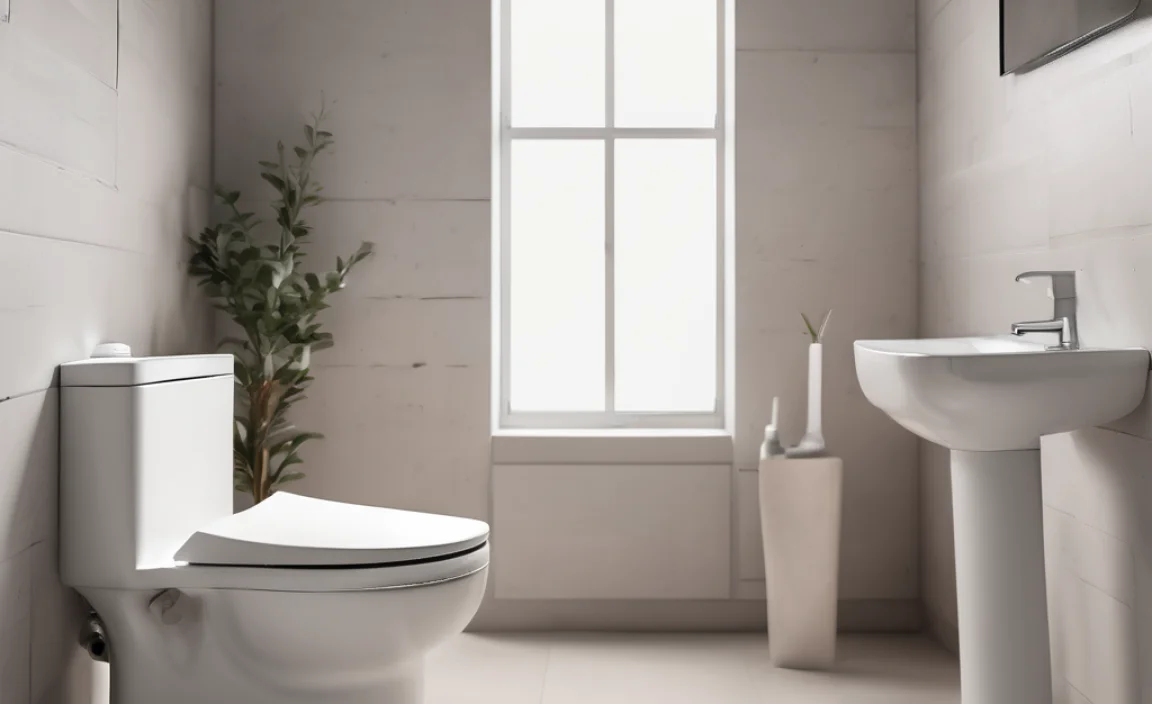
How to Toilet Train in 3 Days
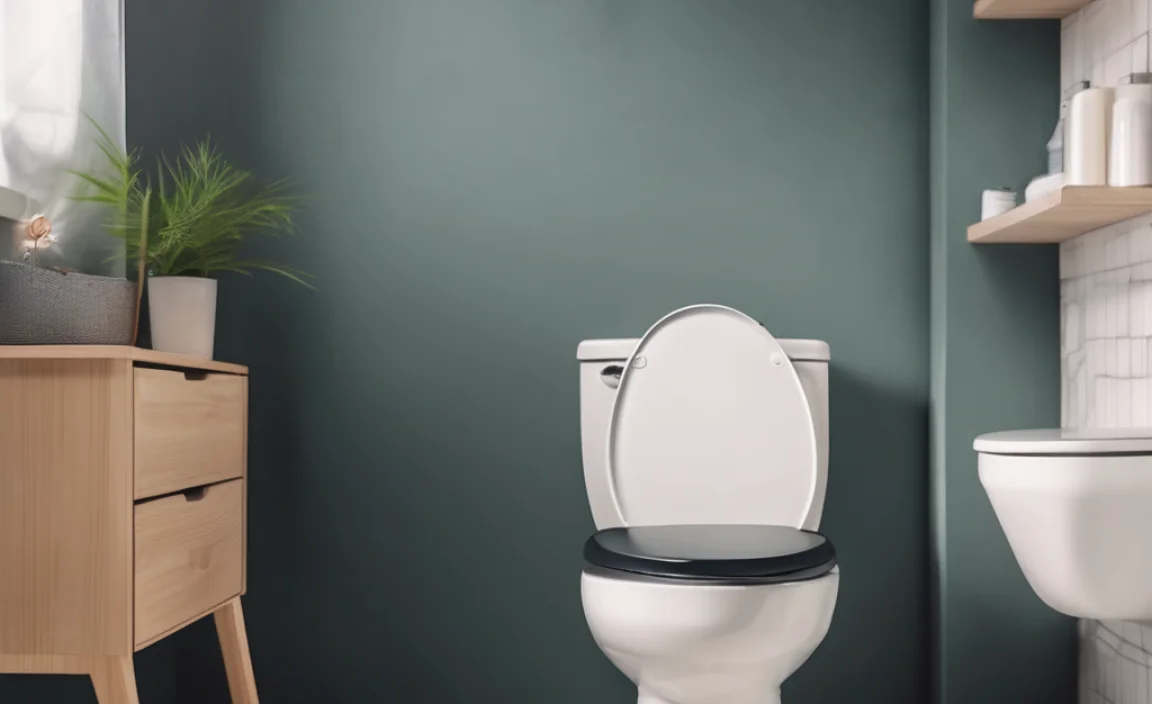
Toilet training in just three days is possible with the right methods. Start by choosing a time when your child is ready. Take a break from diapers and allow your child to wear underwear. Consistent potty breaks are key. Praise successes and stay calm during accidents. Did you know that many children can grasp this skill quickly if they feel supported? Make the process fun and encouraging, and soon, your little one could be completely trained!
Understanding the Basics of Toilet Training
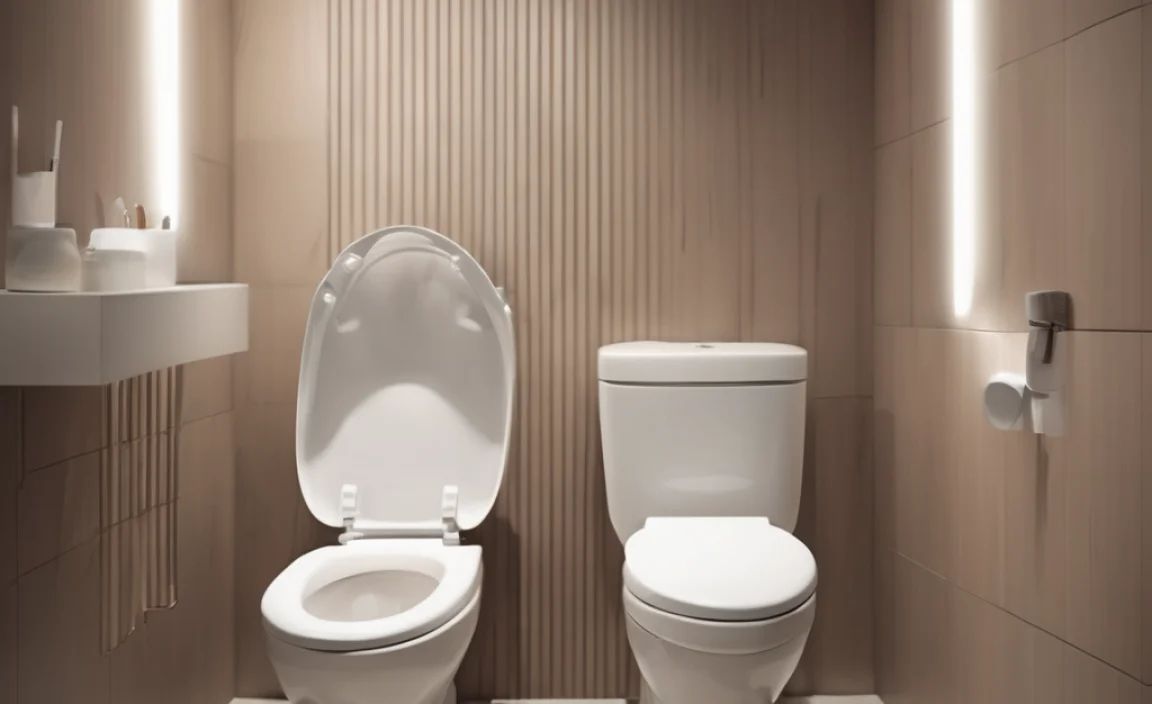
Explanation of toilet training readiness signs. Importance of a positive attitude and patience.
Toilet training can feel like an adventure! You’ll know it’s time when your child shows signs, like staying dry for longer or showing interest in the toilet. Look out for little signs like them pulling at their diaper or telling you they need to go. Remember, a positive attitude makes a world of difference. A smile can go a long way, even if accidents happen. With a sprinkle of patience and encouragement, you’ll both conquer this task in no time!
| Readiness Signs | What to Look For |
|---|---|
| Stays dry | For at least 2 hours. |
| Shows interest | Wants to wear underwear or uses the toilet with you. |
| Communicates | Tells you when they need to go. |
Preparing for the 3-Day Training Process
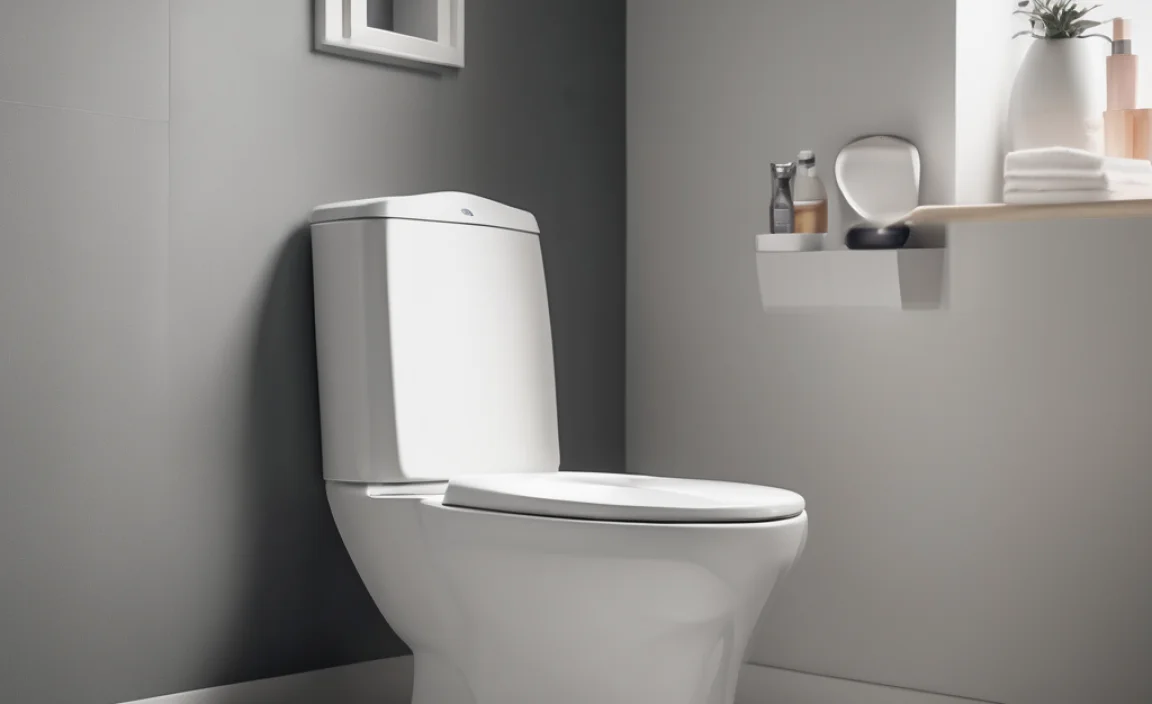
Necessary supplies (potty, training pants, rewards). Creating a conducive environment for training.
Getting ready for those three big days? Let’s gather what you need! First, grab a potty that your child can easily use. It should be comfy and fun. Next, stock up on training pants. They are like superhero capes for bathroom warriors! And don’t forget some fun rewards. Stickers or a dance party work wonders! Preparing their space matters too. Keep the potty in sight and make it inviting. A cozy environment helps little ones feel secure. Ready, set, potty!
| Necessary Supplies | Tips for a Conducive Environment |
|---|---|
| Potty | Keep it in a visible spot |
| Training Pants | Encourage independence |
| Rewards | Create a positive space |
Day 2: Practice and Consistency
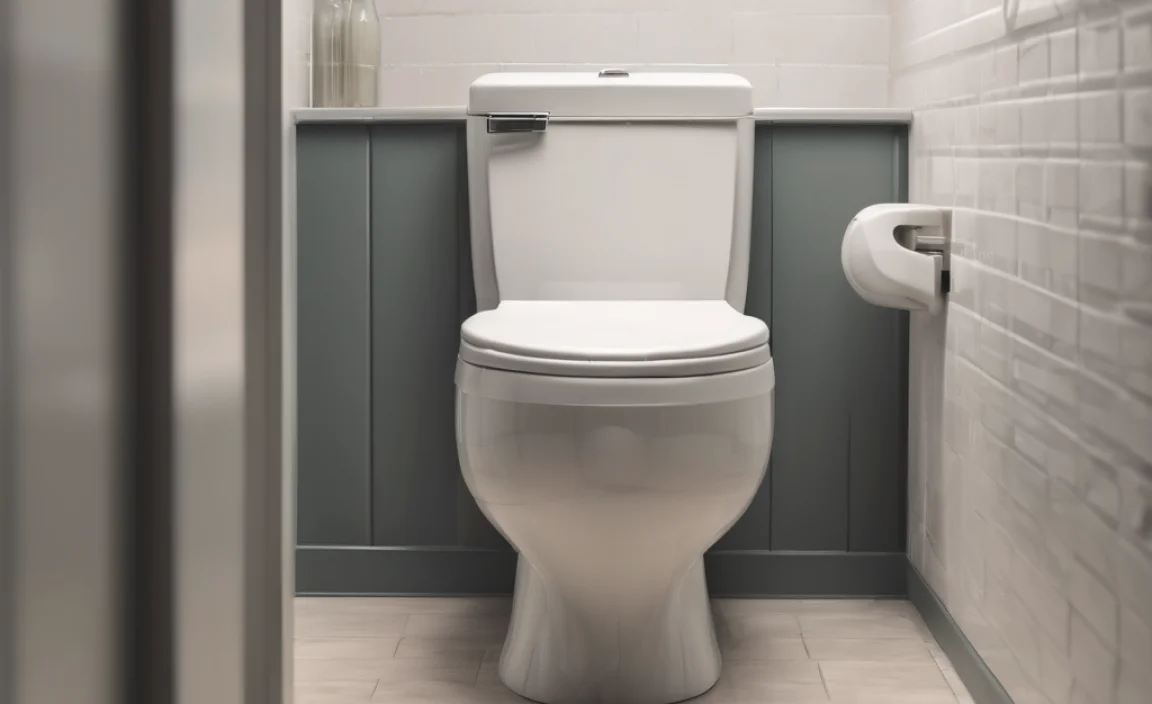
Strategies for encouraging frequent potty visits. Tips on managing accidents and maintaining positivity.
On Day 2, it’s all about practice and a sprinkle of patience. Set a timer to remind your little one to visit the potty every couple of hours. Frequent trips build good habits. Celebrate each success, even if it’s just a tiny drop! And don’t fret over accidents; they are part of the learning journey. Use a playful phrase like, “Oopsie-daisy! It happens!” to keep things light and cheerful.
| Tips | How to Encourage | Staying Positive |
|---|---|---|
| Frequent Reminders | Use a timer | Celebrate little victories |
| Fun Potty Chart | Stickers for each use | Laugh at accidents |
| Cheerful Books | Read while waiting | Be encouraging |
Your encouragement helps turn potty time into a positive adventure. Remember, a little laugh can go a long way—after all, everyone can use a good giggle while learning!
Day 3: Reinforcement and Independence
Methods for reinforcing successful toilet use. Encouraging independence and selfinitiated bathroom trips.
On the third day, celebrate your child’s success! Reward them with praise or a small treat. This encourages them to keep using the toilet. You can say, “Great job!” or “You did it!” Positive reinforcement works wonders.
Help your child become independent. Remind them to use the bathroom on their own. You can set a timer for every couple of hours. They can learn to listen to their body. Let them pick their own underwear as a fun way to feel grown-up!
- Offer a sticker chart for daily successes.
- Provide gentle reminders before outings.
- Let them choose bathroom trips during playtime.
How can I encourage my child to use the bathroom independently?
To promote independence, set a timer for bathroom breaks. Encourage your child to pay attention to their body signals. Make them feel special by letting them choose their underwear. These steps help build good habits!
Common Challenges and Solutions
Addressing resistance and fear of the potty. Tips for handling setbacks and maintaining motivation.
Potty training can be tricky! Some kids fear the potty like it’s a monster. To help them, use fun stickers or their favorite songs as rewards. It keeps the mood light and encourages them to try. Setbacks happen, too! If they have an accident, don’t stress. A simple “Oops! We can try again!” goes a long way. Here’s a little table with tips to keep the journey smooth:
| Challenge | Solution |
|---|---|
| Fear of the potty | Use fun rewards. |
| Setbacks | Stay positive. |
Remember, patience is key! Every kid will get it in their own time. Make it a fun adventure, and soon they’ll be saying goodbye to diapers like they’re old news!
Transitioning from Training to Independence
Signs your child is ready to transition fully. Ways to support your child posttraining.
Once your child shows signs of being ready, it’s time to embrace independence! Look for clues like staying dry for long periods and expressing the need to go. You might even hear “I gotta go!” at the most unexpected times, like during snack time. Support your little one by celebrating every win, big or small. Use fun rewards and keep the bathroom a fab spot for adventure!
| Sign of Readiness | Support Tips |
|---|---|
| Stays dry for hours | Celebrate successes with stickers! |
| Communicates the need to go | Encourage them with positive words. |
| Takes off their diaper | Make potty time fun with songs. |
Remember, patience is key! Every child is different and may take their time. Keep a sense of humor handy, and soon, your child will be on their way to potty independence!
Parental Support and Resources
Recommended books and online resources for additional support. The role of a pediatrician in toilet training guidance.
Getting help is key for toilet training success. Read fun books like *Potty Time* or visit websites with tips and tricks. They share stories and ideas to make training easier. Also, don’t forget about your child’s doctor! They can give you great advice and support. Remember, even doctors agree: a little patience goes a long way!
| Resource Type | Name |
|---|---|
| Book | *Potty Time* |
| Website | HealthyChildren.org |
Conclusion
In just three days, you can teach your child to use the toilet! Start by choosing the right time. Use plenty of praise and keep routines simple. Stay patient and lead by example. For more tips, check out helpful resources or guides. With practice, your child will feel confident and proud of their new skill!
FAQs
Sure! Here Are Five Related Questions On The Topic Of Toilet Training In 3 Days:
Sure! Here are five related questions about toilet training in three days:
1. What is toilet training?
Toilet training means teaching your child to use the toilet instead of diapers.
2. Can kids really learn in three days?
Yes, some kids can learn to use the toilet in just three days with practice and help.
3. What do I need for toilet training?
You need a potty chair, some fun underwear, and lots of patience and encouragement.
4. How do I start toilet training?
You can start by talking to your child about using the potty and showing them how it works.
5. What if my child has accidents?
It’s okay if there are accidents! Just remind them to try again and keep being supportive.
Sure! Please share the question you want me to answer.
What Age Is Most Suitable For Starting A Three-Day Toilet Training Process?
The best age to start toilet training is usually around 2 to 3 years old. By this time, you can show signs that you’re ready. You might stay dry for a few hours or tell an adult when you need to go. It’s important to be patient and have fun during this process!
What Supplies Do I Need To Prepare For A Successful Three-Day Toilet Training?
To prepare for three-day toilet training, gather a few supplies. You need lots of underwear for accidents. Keep some pull-ups or training pants just in case. Have rewards like stickers or small treats to celebrate successes. Also, get easy-to-clean wipes and a potty chair that you like.
How Can I Create A Consistent Schedule To Help My Child Recognize When To Use The Toilet?
To help your child use the toilet, start by picking regular times during the day for toilet breaks. You can take them every two hours, after meals, or before bedtime. Make it a fun routine by using a sticker chart to track their progress. Remind them gently when it’s time to go. Consistency is key, so stay patient and positive as they learn!
What Are Some Common Challenges I Might Face During The Three-Day Training, And How Can I Overcome Them?
During the three-day training, you might feel nervous or tired. You might also find some activities hard. To overcome nerves, take deep breaths and stay positive. If you feel tired, take short breaks and drink water. If an activity is tough, ask a helper for advice. We can support each other!
How Can I Reinforce Positive Behaviors And Handle Accidents Effectively During The Toilet Training Process?
To help with toilet training, we can give lots of praise when you use the toilet. You might hear “great job!” or get a sticker for using the potty. If there’s an accident, it’s okay! Just stay calm and remind yourself that everyone makes mistakes. We can clean up together and try again next time. Remember, it takes practice!






